What Is Ethereum Blockchain?
Ethereum is a decentralized, open-source blockchain landscape that supports smart contracts. These smart contracts are created using the high-pitch programming language Solidity, which is converted into bytecode that can be run on the Ethereum Virtual Machine( EVM), a runtime terrain that’s installed on Ethereum junctions. Ethereum was first introduced by the programmer and co-founder of Bitcoin Magazine Vitalik Buterin in 2013. Since the launch of the Ethereum mainnet in 2015, the platform has developed into one of the most well-liked blockchain development environments for building decentralized applications ( dApps). The native coin of the Ethereum platform is called Ether ( ETH).
How Does Ethereum( ETH) Work ?
Ethereum is a next-generation Proof-of-Work ( PoW) blockchain. This label indicates that it depends on local residents known as miners to remain legitimate. Miners accept gas payments to execute cases of the EVM (Ethereum Virtual Machine). They also secure returns for approving records. The SHA-256 algorithm is not the same one that Bitcoin miners use for Ethereum. Rather, the Etash algorithm is used which requires lower energy to keep the network secure. Additionally, it assisted Ethereum in its early years in avoiding mining centralization. Still, to this day, there are high-powered ASIC miners erected specifically for the network.
Features of Ethereum
- Development and Deployment of smart contracts. In fact, the Ethereum platform was the base for creating NFTs and Smart agreements.
- It uses the Ethereum Virtual machine that understands the contracts and allows consumers to interact with them.
- It allows the consumers to produce consolidated apps, which are decentralized operations.
- Ether is the digital stamp of Ethereum, which can also be earned as a price.
- It enables the customer to produce popular decision-making with complete translucency, which is also known as Decentralized Autonomous Organizations (DAOs), where there’s no single leader governing everything
What is Polygon Blockchain?
A surface 2 scaling result for Ethereum called Polygon (formerly known as Matic Network) seeks to increase the speed and scalability of decentralized apps erected on the platform (dApps). By enabling dApps to serve on a different blockchain that’s linked to the Ethereum mainchain through a system known as “sidechains,” Polygon enables dApps to conduct deals more swiftly and cheaply than on the Ethereum mainchain. Since Polygon and Ethereum are compatible, they can serve together and with other Ethereum-grounded networks without any issues. Polygon also supports a number of agreement processes, including proof-of-stake (PoS), which gives consumers compensation for acting as validators on the network. Matic is the name of the Polygon network’s native cryptocurrency.
How Does Polygon Work?
Polygon’s Architecture is made up of multiple factors. There are four coats that operate in tandem to complete the operations of the network. The first iteration is the Ethereum iteration. This element handles the execution of EVM cases. This subcaste is responsible for staking, DeFi, and inter-blockchain communication. The security subcaste is another element that inventors can work on to ameliorate their creations. The security protocols allow users to elect the ones that fit their specific network requirements. These confirmation services can be set up to handle operations and other vital functionalities.
Features of Polygon
- Interoperability of elements grounded on the former and being armature of Ethereum
- It’s fully compatible with Ethereum
- Matic has the multi-chain armature to deliver bettered scalability
- Advanced performance with a scale speed of over to 65,000 deals per alternate
- Provides multi-chain armature for better scalability
Polygon vs Ethereum NFTs
Lately, the OpenSea platform has added support for Polygon NFTs as well as Ethereum NFTs. The addition of Polygon NFTs was due to the fact that the cost to change on Ethereum became too costly for normal investors and they needed a substitute. Although Polygon is a cheaper substitute, the NFTs available on their network are significantly worse and have little artistic significance. All of the main popular NFTs like Cryptopunks, Bored Ape Yacht Club, Azuki’s and Pudgy Penguins live on Ethereum and aren’t available on secondary chains like Polygon.
Polygon vs Ethereum DeFi
Still, it’s difficult to use DeFi products on Ethereum because the cost to deposit and withdraw coins or liquidity is too high if you’re managing under$ 1 million of capital. The gas freights on Ethereum end up significantly reducing your yields, and latterly making your yield husbandry on the network redundant. For illustration, you can use the AAVE platform on Polygon rather than Ethereum and earn the same yield, while paying significantly smaller sale freights. Polygon is by far the finest way to interact with DeFi for lower accounts for this reason.
Polygon vs Ethereum GameFi
Because the cost of exchange on Ethereum is so high, the gaming sector has fully moved down from the ETH blockchain. We’ve seen popular GameFi games like CryptoRaiders and CryptoUnicorns move natively to the Polygon blockchain thanks to the sub 1- cent fees and fast futurity. This eventually means that if you’re looking to play blockchain games, Polygon is your greatest bet then again.
What Factors to Consider Before opting a Blockchain( Ethereum vs Polygon)
Consensus
Ethereum uses an agreement mechanism known as PoW (Proof of Work). Ethereum has the drawback of requiring a lot of computational power. Ethereum requires a significant portion of energy and it results in reducing the participation of users. This medium increases security to some extent. In polygon agreement is achieved by the medium grounded on PoS (proof of stake), If a consumer joins the Polygon network, they would be awarded in the form of points. Consensus is achieved quickly in the Polygon blockchain.
Architecture
Ethereum offers the finest armature for the NFT request. Whenever a record happens on the Ethereum blockchain, all deals are validated in their present state, and duplicates of the most records made are instantly formed to replicate the most recent records. Whereas Polygon is grounded on the medium of PoS. In polygon blockchain deals are arranged into nodes.
Transaction Speed
Ethereum provides the slowest sale speed to its users. Due to the advanced number of records on the Ethereum blockchain and as all the records must be completely validated and approved it reduces the time effectiveness of the Ethereum platform, Ethereum can perform only 13- 15 records per second which is veritably lower than it has a huge cargo of the consumers.
In the case of the Polygon, the sale can go up to 50000- 60000 deals per second which are way more advanced than Ethereum. As Polygon has a composite nature it performs deals extremely faster.
Gas freights
In terms of gas fees, Ethereum is known for having fairly high fees compared to other platforms. Using Polygon does not immediately incur any gas costs.
Auction
One characteristic of the Ethereum blockchain is that it supports an Auction mechanism. So rather than dealing NFT for a fixed price one can just auction it off to the elevated bidder, also minimal bid value can be set on OpenSea which assures you that the offers you receive are greater than a particular amount. This auction attribute isn’t available on the Polygon blockchain but perhaps in the coming version Polygon will start supporting auctions on its blockchain network.
Security
Due to gas fees in the Ethereum blockchain network, it tends to have a well-secured network for buying or dealing NFT but it’s the main concern in Polygon. Compared to Ethereum, the network security of Polygon is lower. It doesn’t mean that all your assets will get lost, it’s just less firm. So if one chooses Polygon, they need to have a little redundant trust that Polygon isn’t going to lose their NFTs and finances.
Future of Ethereum and Polygon Platform
The Ethereum and Polygon blockchains appear to have a promising future. Ethereum offers the world’s biggest Dapp and DeFi ecosystem, which, through the application of the ERC- 20 protocol, backed in driving investment into the crypto world. Ethereum is now witnessing a massive upgrade as it aims to shift from a Proof-of-Work (PoW) to a Proof-of-Stake (PoS) process. In the future, this approach will enhance scalability, save gas charges and also allow Ethereum users to gain an unrestricted income by staking their cryptocurrency. In terms of Polygon, Polygon is a “subcaste two” or “sidechain” scaling result that runs alongside the Ethereum blockchain — allowing for speedy records and low fees. Polygon is presently showing how blockchain technology can be integrated into everyday apps and use cases to help businesses make better price programs and client connections. When it comes to the chain wars, Polygon has deposited itself well as the first choice for commercial builders.
Overview- How does Polygon differ from Ethereum?
Polygon and Ethereum are both popular blockchain systems. Polygon is a scaling result for the Ethereum network, while Ethereum is an open-source, public blockchain platform that supports smart contracts and decentralized operations( dApps). Polygon seeks to break numerous of the scalability problems faced by Ethereum. It uses second- subcaste results similar to Tube, Optimistic Rollups, and zkRollups to increase capacity and drop costs. Polygon is designed to be compatible with Ethereum, allowing inventors to emplace their dApps on the network without demanding to modify their law. In discrepancy, Ethereum is primarily concentrated on furnishing a platform for decentralized operations( dApps). It enables inventors to make, emplace and run smart contracts on its blockchain. Ethereum also supports the creation of digital means(stamp) as well as decentralized exchanges, advancing protocols, and stablecoins. Eventually, Polygon is designed to be a reciprocal subcaste to the Ethereum network, while Ethereum itself is concentrated on furnishing an open platform for inventors to produce dApps. Both systems are important in their own right and together they offer an important combination of scalability, security, and interoperability.
Conclusion
Ethereum is the finest blockchain NFT design with low-frequency and high-value deals. On the other hand, Polygon is a great blockchain to launch an NFT design with high-frequency and low-value transactions. However, one may choose Ethereum, If one is certain their NFTs will get bought indeed if coming in the advanced range. But if one wants to save money also Polygon It is. Ethereum is the finest blockchain for high-net-worth investors to work the wide variety of DeFi products to earn yield and cultivate new tokens. However, we’d recommend that you use the Polygon blockchain to make the utmost of the lower freights, despite there being lower overall yields and smaller top-league on-chain products, If you’re a lower account.
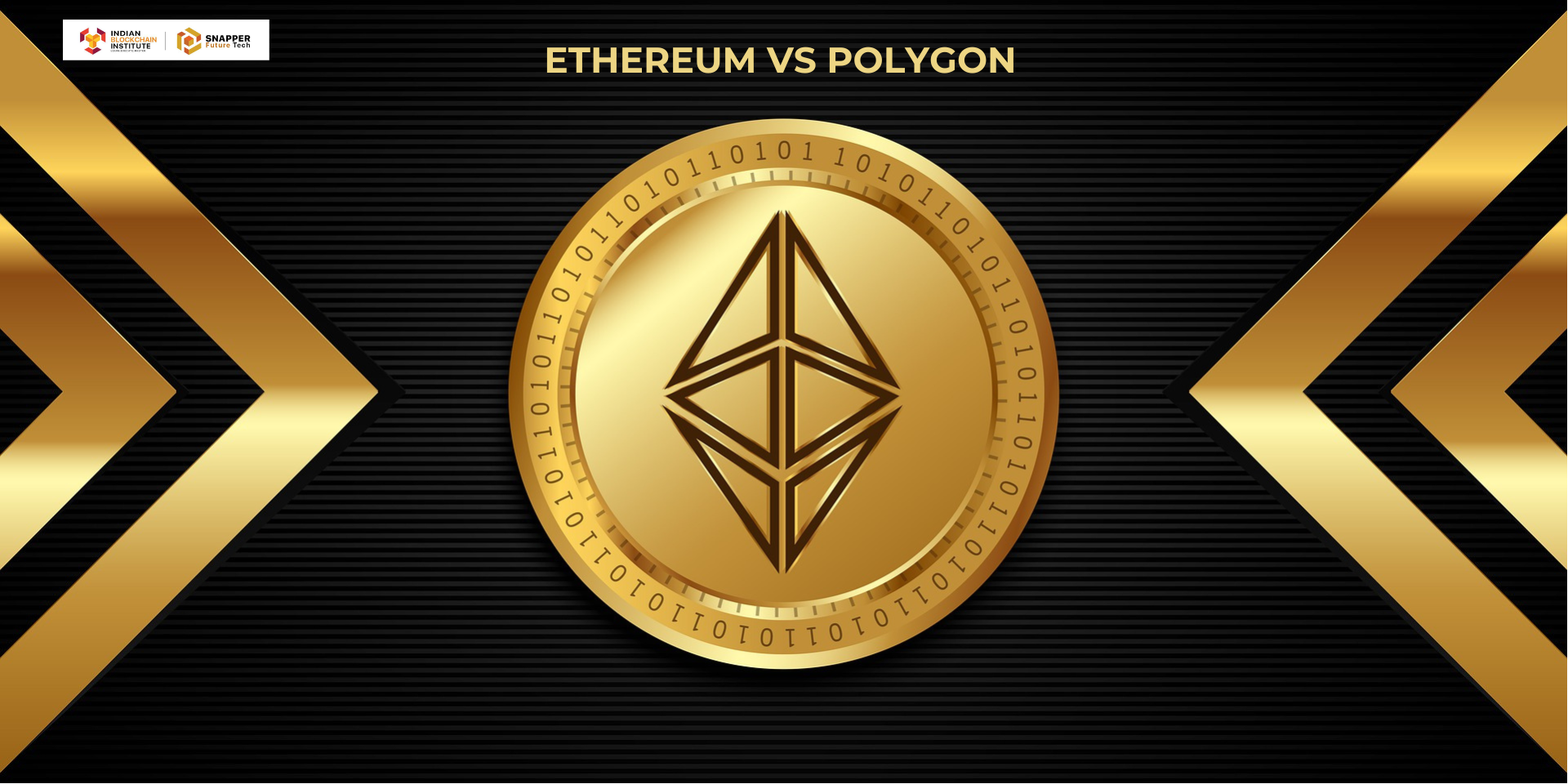

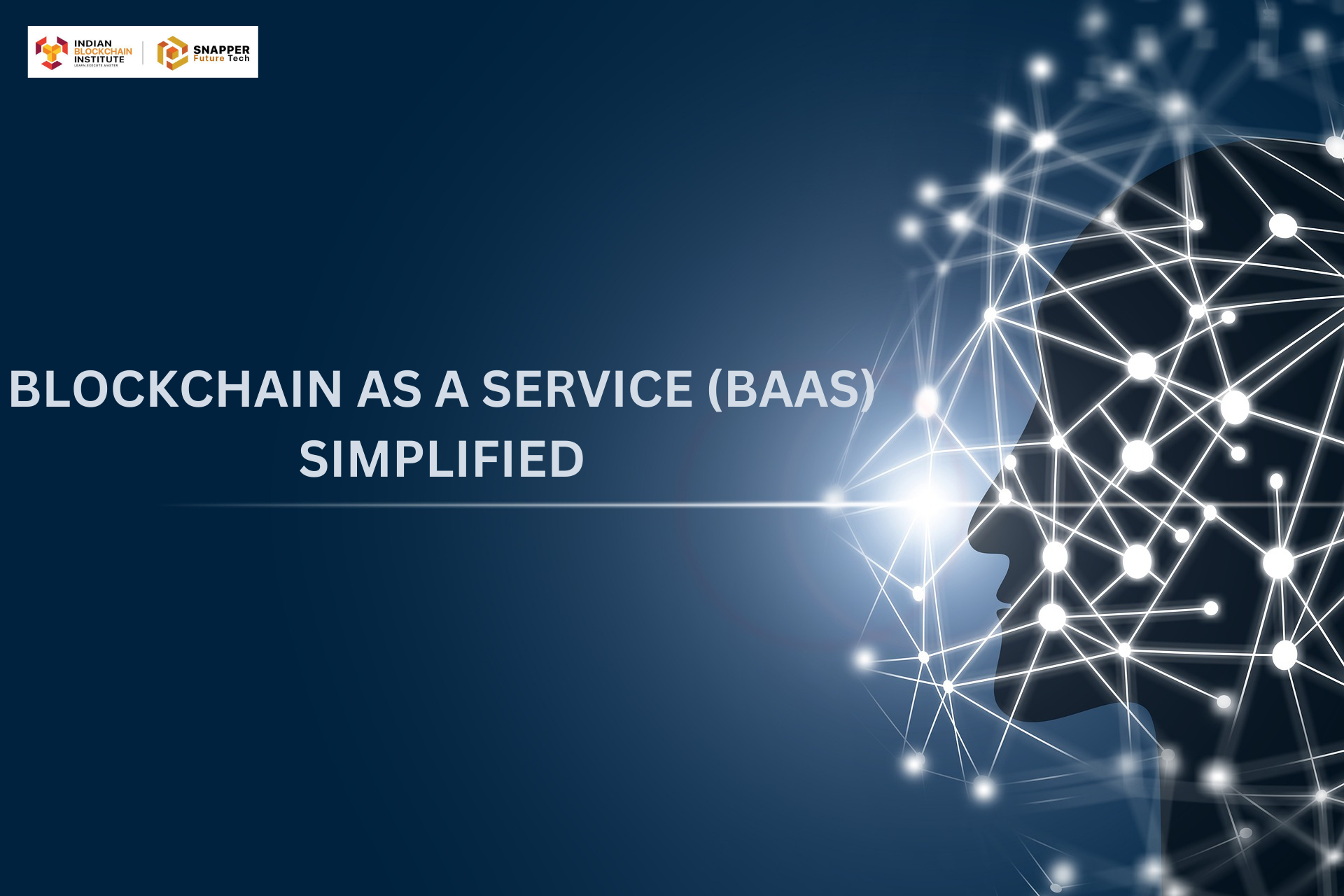
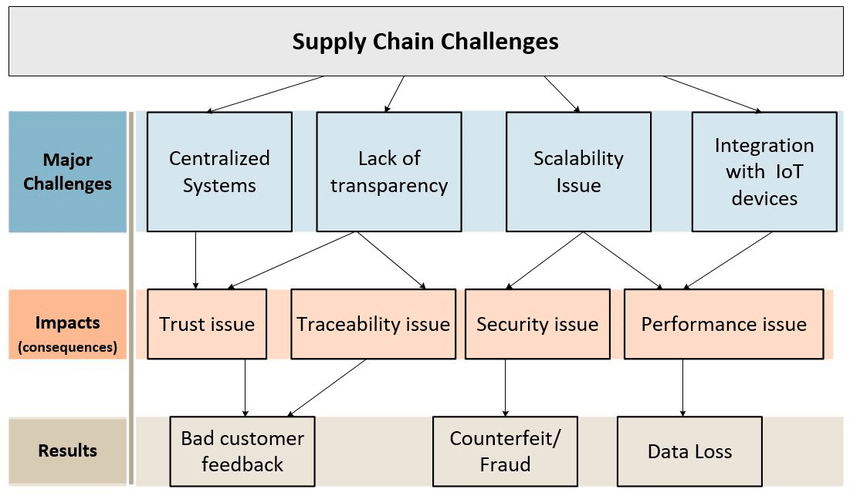
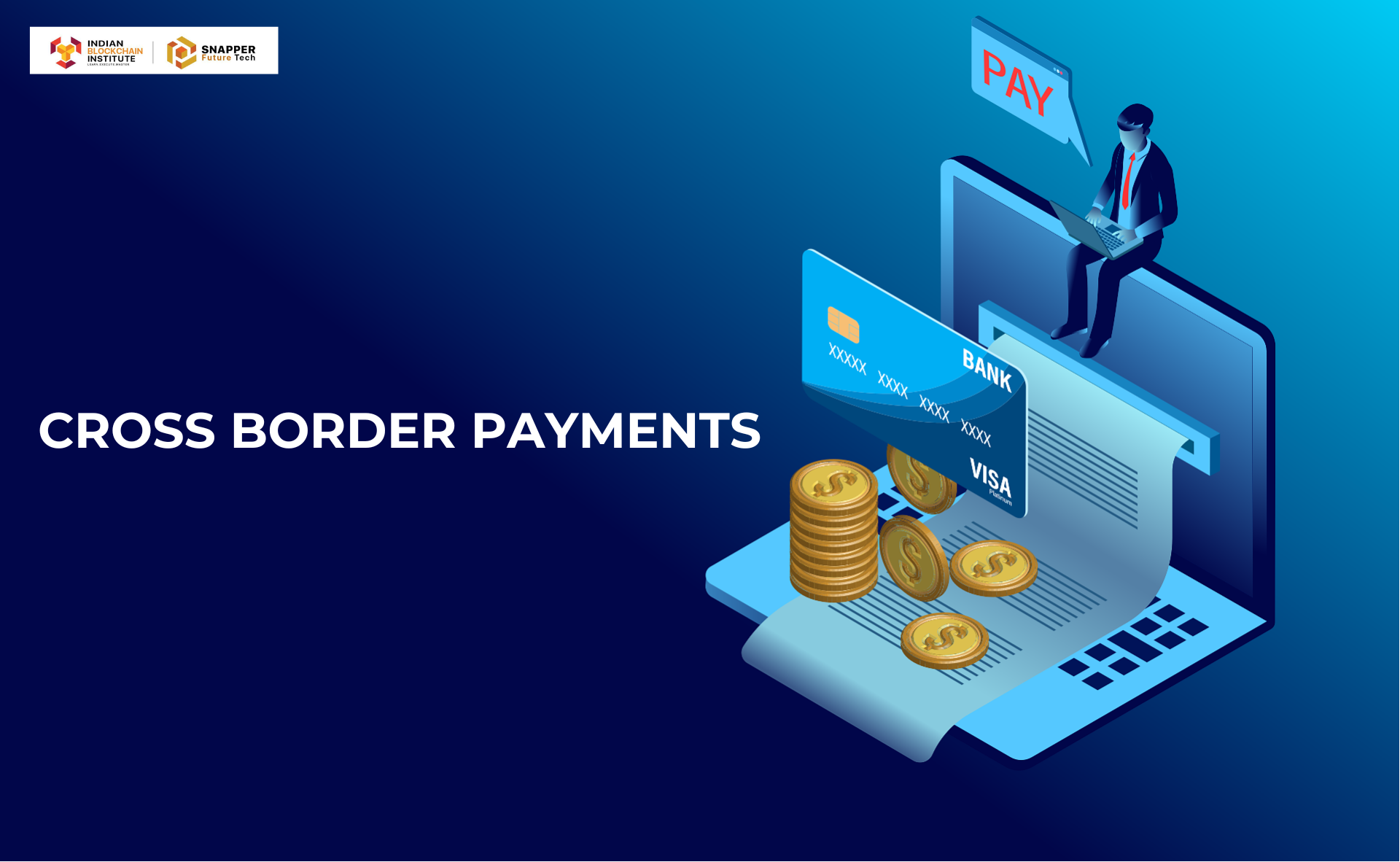
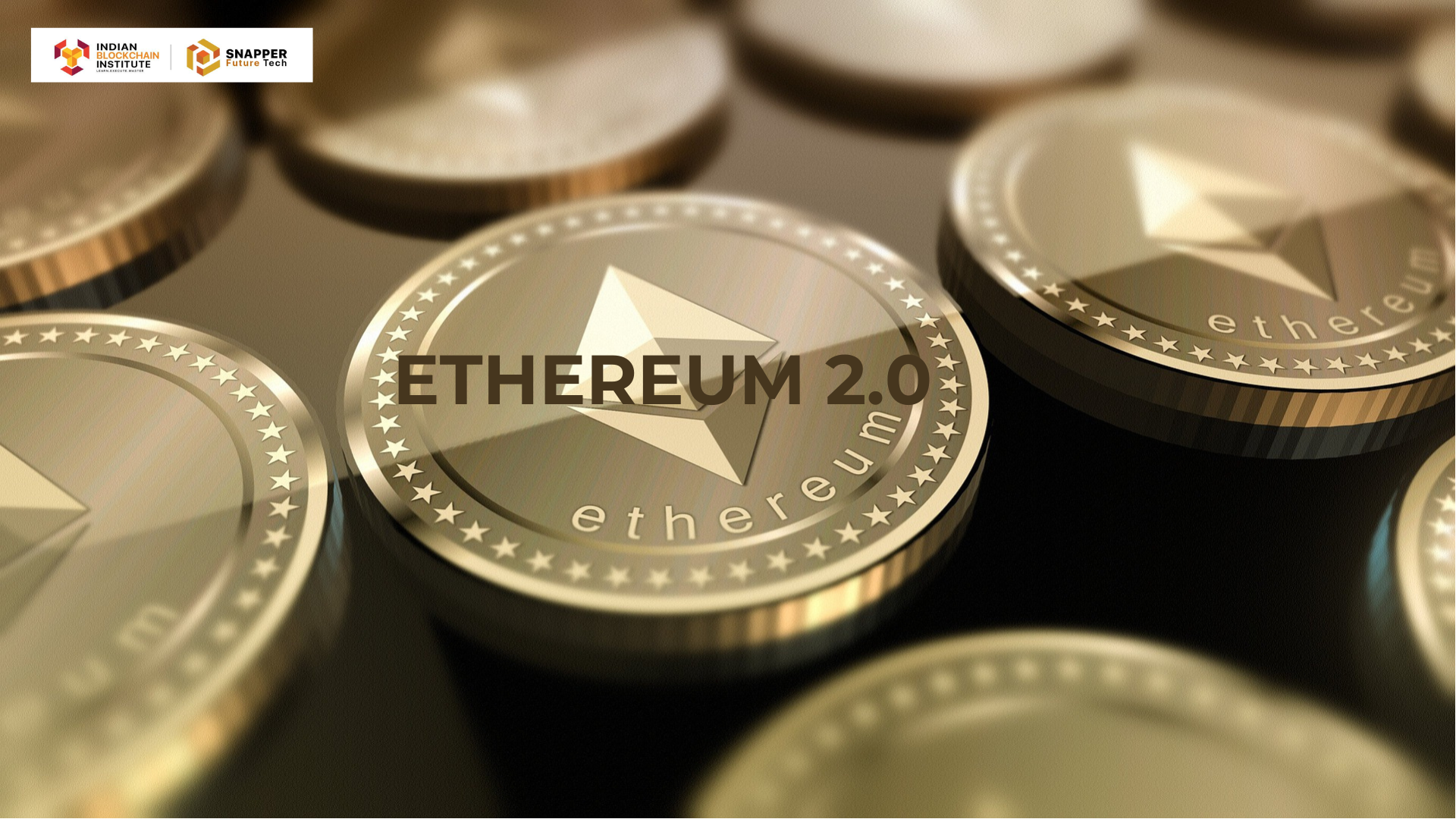
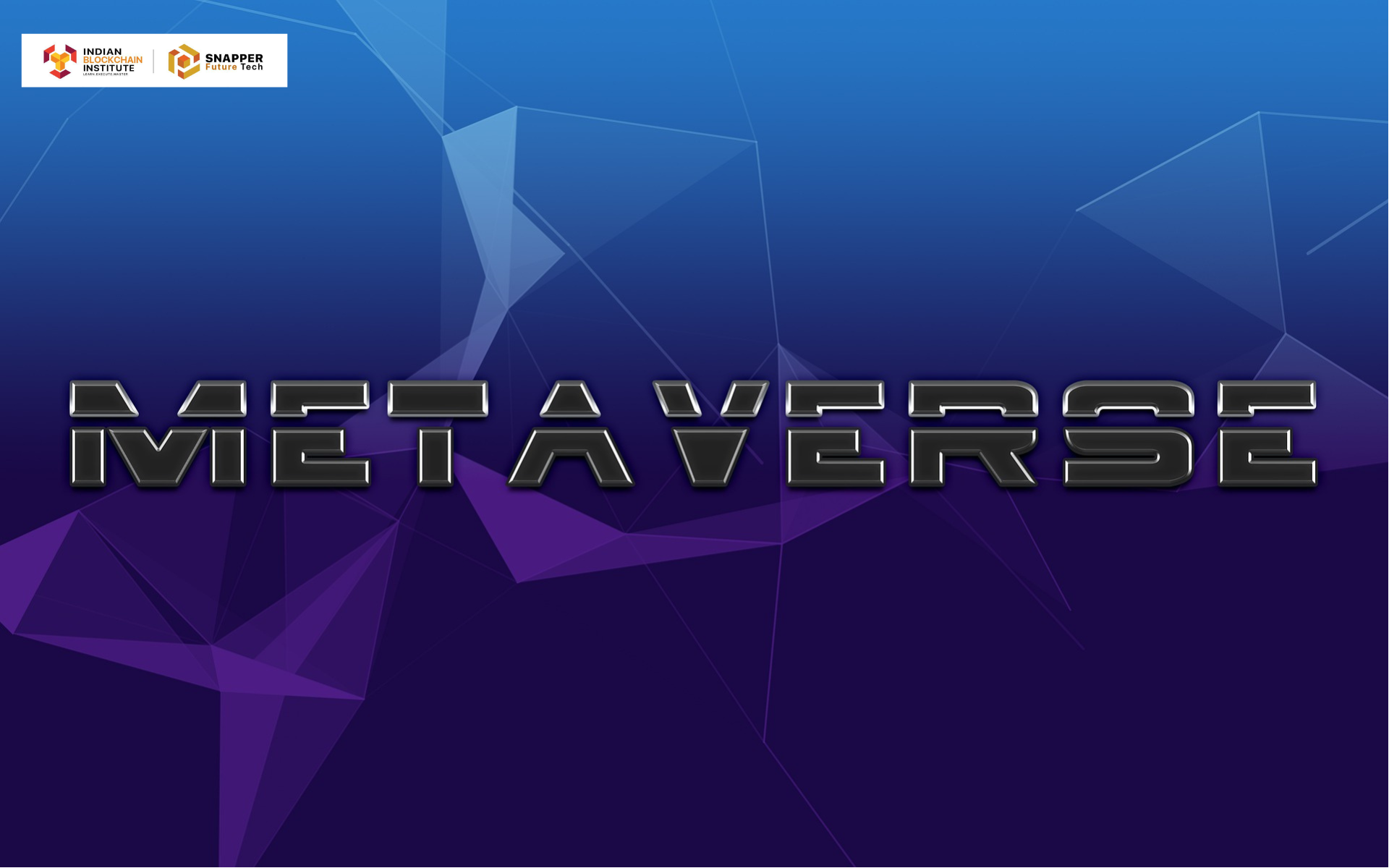
Leave a Reply